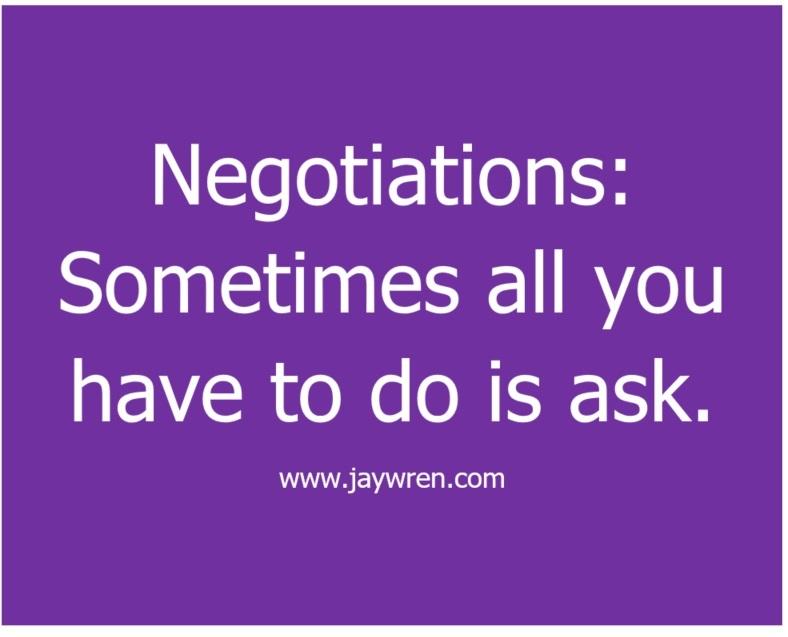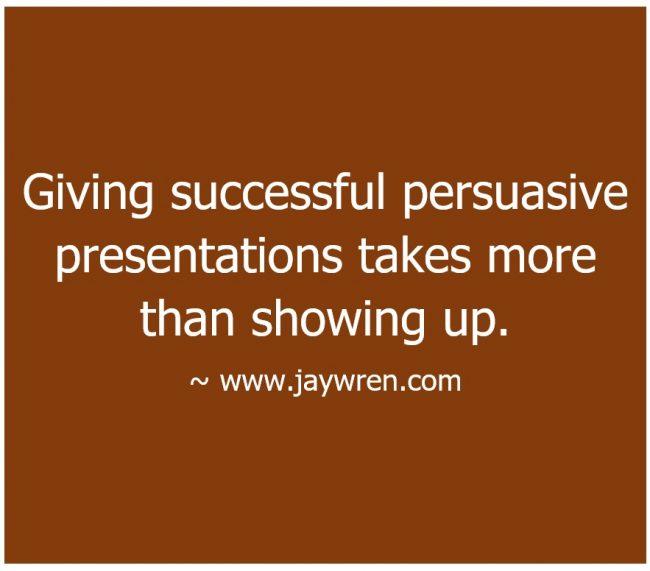Wired For Success: Some people procrastinate, worry, and accomplish very little. However, other people get into action, have peace of mind, and achieve success. What do these people do differently?
Wired For Success: Five Steps to Upping Your Mental Game
Wired For Success: Some people accomplish very little. On the hand, other people get things done and find success.
How are these people different. What are the things that successful people do to get wired for success?
Focus on the Present Moment.
Get out of your head and into the world around you.
Ruminating over the past is painful and unproductive. Furthermore, fretting over the future wastes energy. Both clutter your mind.
Start with a Small Step.
Do you have trouble getting to that long-term project? To say the least, you are not unusual.
Many people don’t start working on a large project until the day before the deadline.
First, don’t decide to tackle the entire project. Just decide to do something simple.
For example, if you have a major presentation to give, just decide to write the outline. Just decide to write one paragraph.
Overtime, things will come together.
Breathe
Just taking a deep breath will help you get back into the present moment. Taking twenty minutes to relax and focus on your breathing will clear your mind and boost your energy.
Snap into Action
You see sports fans standing to cheer when the team takes the field. The energy and the enthusiasm increase when the people in the crowd stand and cheer. Clapping, smiling, cheering, laughing, and standing boost your energy and give you mental focus.
If you don’t feel excited about your work, act excited about your work. Use body language and action to wire your mind for success.
Gratitude Lists
Gratitude lists wire us for a positive state of mind and gives us energy.
Make realistic yet simple gratitude lists.
Everyone has problems. People wired for success enjoy life, even when tackling problems. How do they do this? They remember to see the good things in their life.



